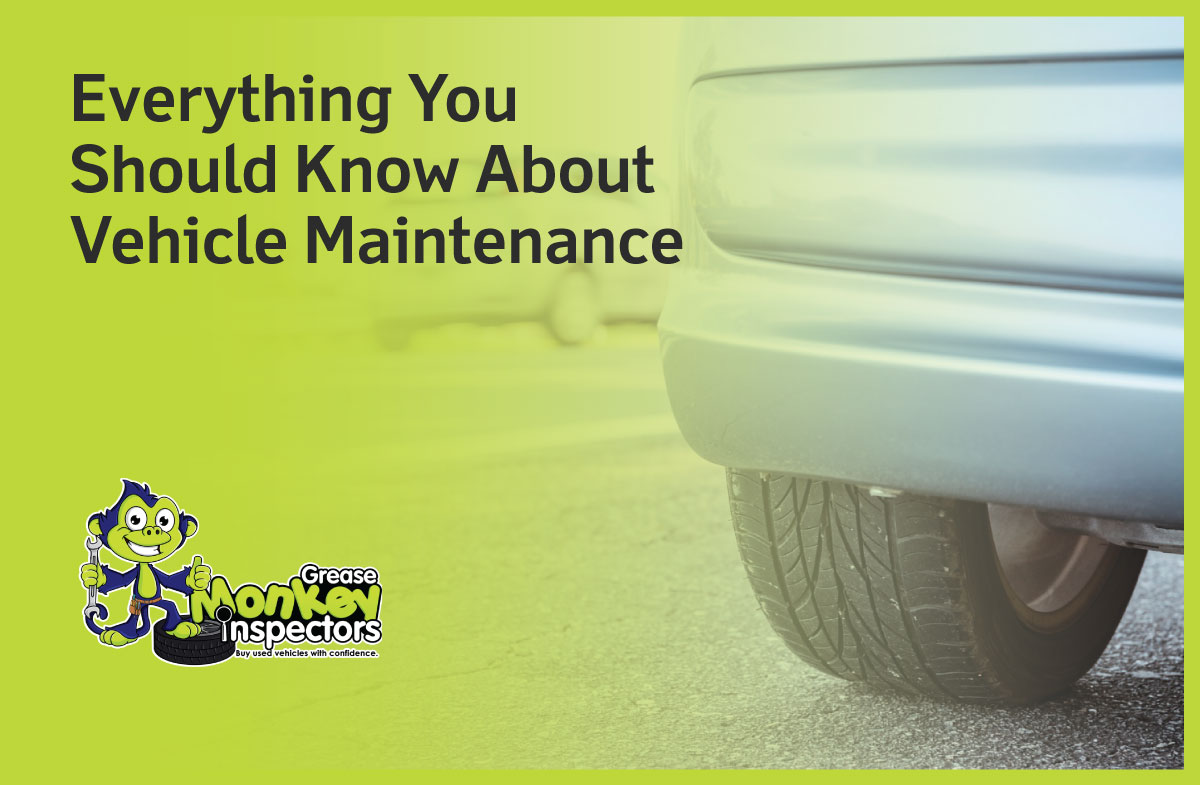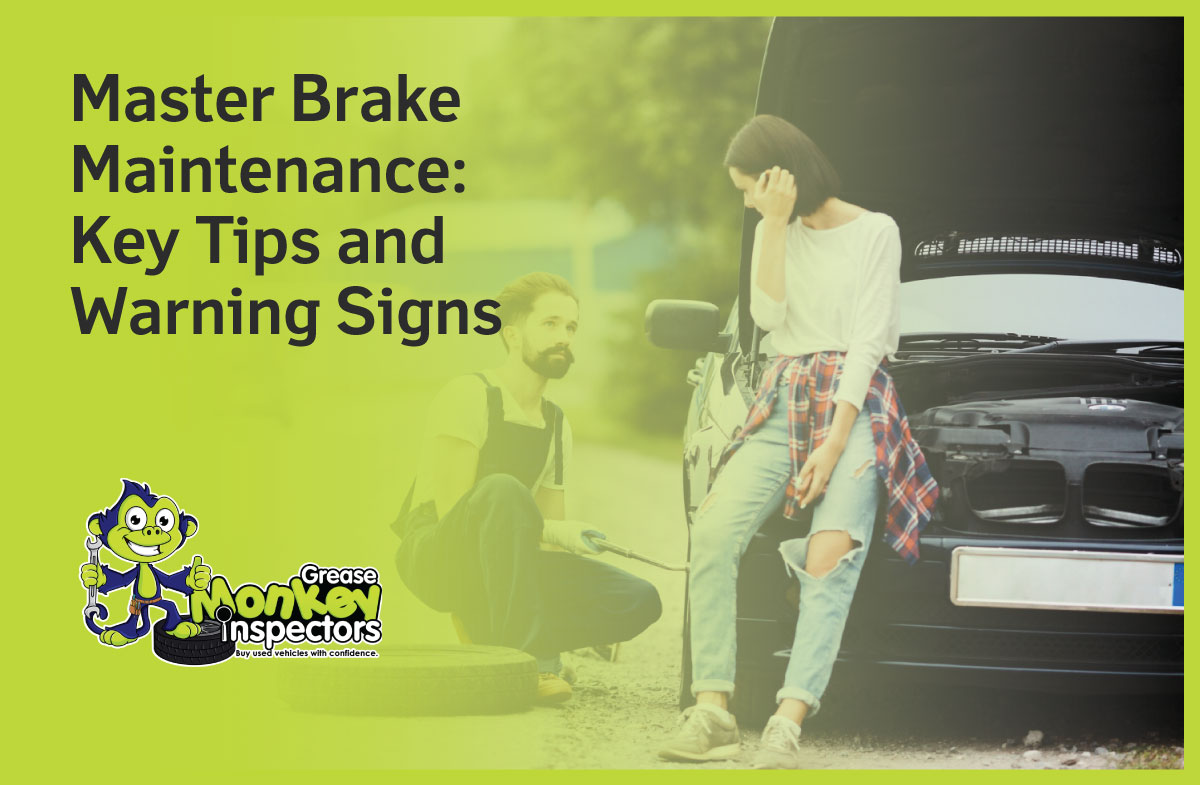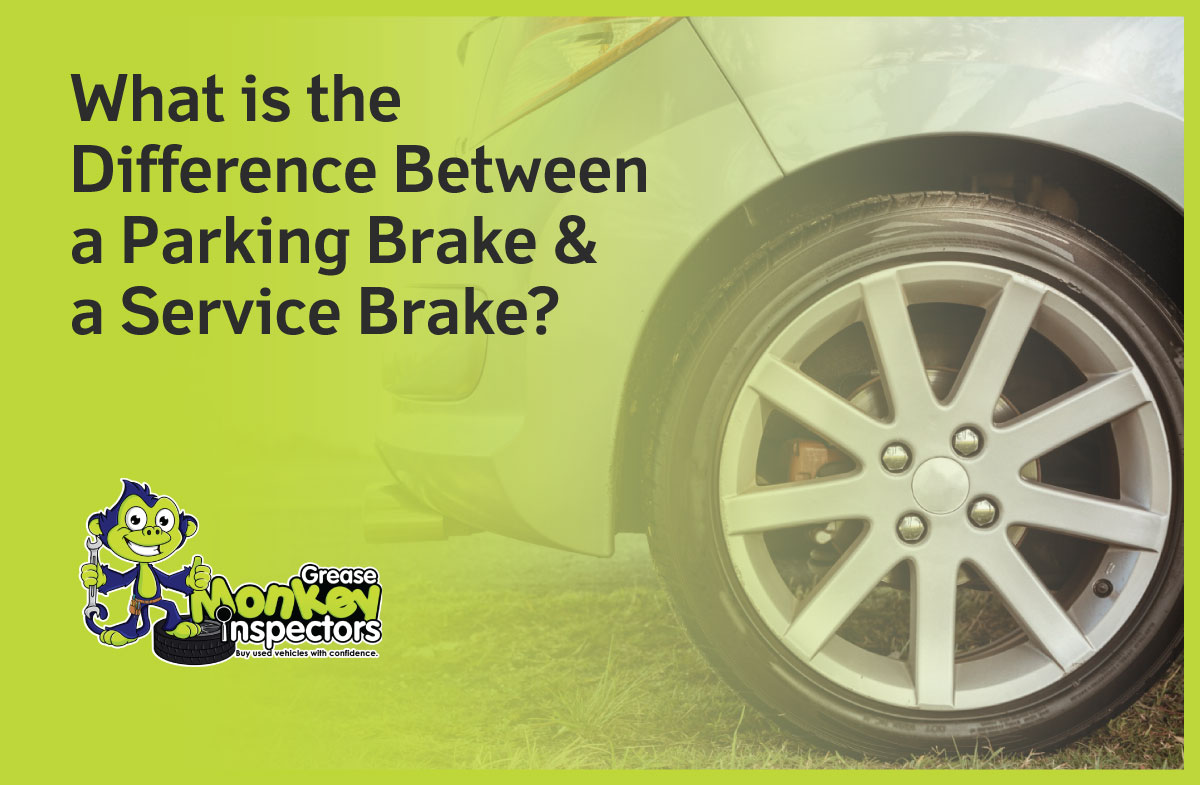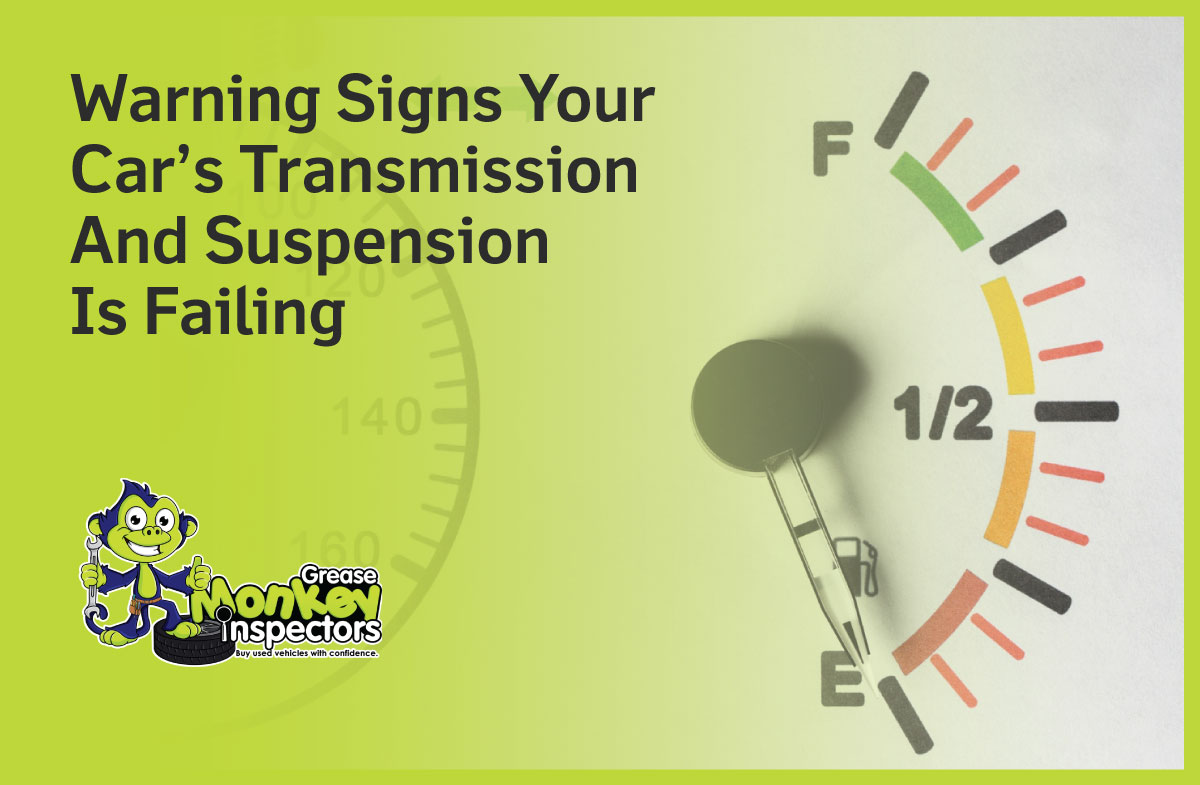When considering purchasing a used car in Quebec, it’s essential to have the car inspected to ensure you’re making a sound investment. Although inspections aren’t mandatory for private sales, they are highly recommended. This step can prevent unexpected repairs and give you peace of mind. Here’s what you need to know about getting a car inspected in Ontario and Canada.
Car Inspection Options
For those buying a used car from a private owner in Quebec, inspection requirements may vary. The Société de l’assurance automobile du Québec (SAAQ) does not mandate inspections for private sales, but it’s a good practice. You have two main options:
- Garage Inspection: This involves taking the vehicle to a garage, where mechanics lift the car and inspect components like suspension, brakes, and other systems they can repair. The process typically takes under 30 minutes and costs between $65 to $130 (prices based on 2024 research).
- Mobile Inspection Service: For more convenience, you can opt for a mobile inspection service, especially if you’re buying the vehicle in another city, state, or country. These third-party inspectors meet you at the vehicle’s location, conduct the inspection on-site, and provide a detailed report. This inspection includes a computer scan, paint thickness check, and a test drive, lasting one to two hours. The cost ranges from $179 to $299 (based on 2024 research).
Why Choose Greasemonkey Inspectors?
At Greasemonkey Inspectors, we specialize in providing reliable pre-purchase vehicle inspection onsite services. Unlike dealers or car sellers, we focus solely on ensuring that your prospective car purchase is in top condition. Whether you’re getting your car inspected in Ontario or anywhere else in Canada, our team comes to you, conducts a thorough inspection, and gives you a clear understanding of the vehicle’s condition. Learn more about our services.
Dealer vs. Private Seller: Inspection Recommendations
For those buying a used car from a dealer in Quebec, the same inspection options apply. However, we strongly recommend using an independent inspection service, like Greasemonkey Inspectors, instead of relying on the dealer’s inspection. This ensures you get an unbiased report on the vehicle’s condition.
Additional Considerations for Mobile Car Inspections
Mobile inspections offer significant advantages, especially if you’re unable to personally inspect the vehicle due to distance. These services provide an objective assessment and help you make informed decisions, regardless of where the car is located.
By choosing Greasemonkey Inspectors, you’re ensuring that every detail of your prospective car purchase is thoroughly checked by professionals. We make the process of getting your car inspected simple, convenient, and trustworthy.
Ready to Schedule Your Inspection?
If you’re looking to have your car inspected in Canada, particularly in Ontario or Quebec, contact us today. Our experienced team at Greasemonkey Inspectors is ready to assist you with comprehensive inspection services. Explore our inspection packages and choose the one that best fits your needs.










